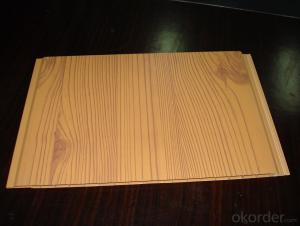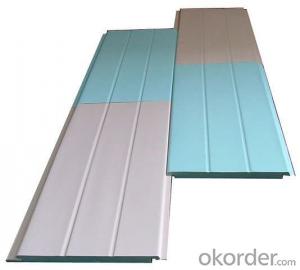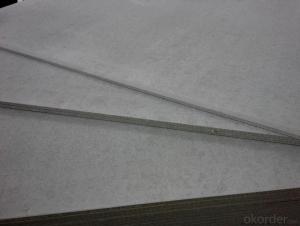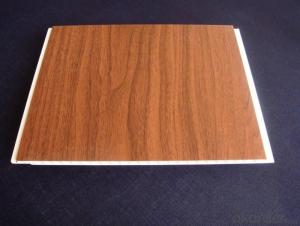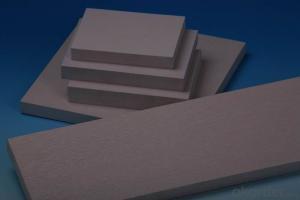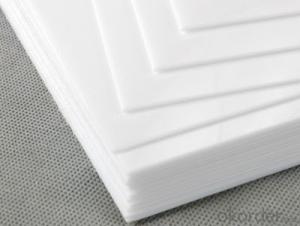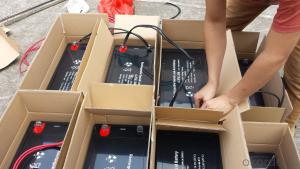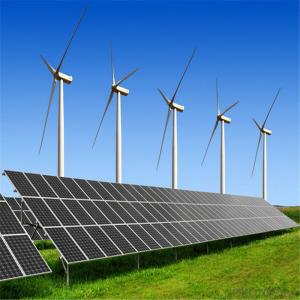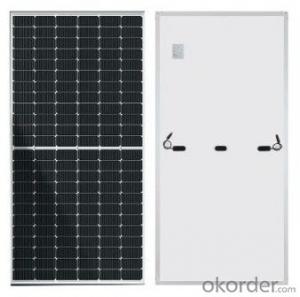Solar Panel Inverter Problems
Solar Panel Inverter Problems Related Searches
Shiny Or Dull Side Of Aluminum Foil For Cooking Inverter For 100w Solar Panel Solar Panel Inverter For Rv Pvc Tiles For Walls Wall Lights For Bedrooms Inverter Ac With Solar Panel Solar Panel With Inverter Kit Solar Panel Kits With Inverter Solar Panel With Inverter Direct Roving For PultrusionHot Searches
Used Sandwich Panel For Sale Pvc Chairs For Sale Tilt Panel Props For Sale Lightweight Scaffolding For Sale pvc pipe manufacturers in usa Sandwich Panel Price In India China Solar Panel Inverter Solar Inverter Panel Price China Pvc Geomembrane Sandwich Panel Manufacturers In Bangladesh Pvc Roofing Sheets Price India Pvc Roofing Sheets Price pvc resin price index Solar Panel Inverter Size Solar Panel Inverter Suppliers Q Cells Solar Panel Prices Tesla Solar Panel Inverter Honeycomb Sandwich Panel Suppliers Type Of Inverter For Solar Price Of Shipping Containers For SaleSolar Panel Inverter Problems Supplier & Manufacturer from China
Okorder.com is a professional Solar Panel Inverter Problems supplier & manufacturer, offers integrated one-stop services including real-time quoting and online cargo tracking. We are funded by CNBM Group, a Fortune 500 enterprise and the largest Solar Panel Inverter Problems firm in China.Hot Products
FAQ
- The amount of money you can save by using solar panels varies depending on several factors, such as the size of the system, your energy consumption, the cost of electricity in your area, and the availability of sunlight. On average, solar panels can save homeowners thousands of dollars over their lifespan, typically between 10-30 years. Additionally, solar panels can reduce or eliminate your monthly electricity bills and can even allow you to earn credits through net metering programs. While the exact amount of savings is difficult to determine without considering specific circumstances, solar panels offer substantial long-term financial benefits.
- I riped two solar panels out of some solar light and tested them. I found out that they both produce 2 volts(I have no idea on the watts or amps). Iquot;ve hooked them up to an electric motor that can be driven by a AA battery, but when I hook the solar panels up to them nothing happens. What is wrong?
- Mark G has a good answer. If you leave your voltmeter on the solar cells when you hook up the motor, you will see the voltage drop to near zero. Same thing would happen if you tried to use 2 9 volt batteries to start your car. They just cant maintain the voltage when high curent demands are made.
- Yes, solar panels do require cleaning to maintain their efficiency. Dust, dirt, bird droppings, and other debris can accumulate on the surface of the panels, blocking sunlight and reducing their ability to generate electricity. Regular cleaning helps ensure optimal performance and maximizes the energy output of solar panels.
- what is a solar panel?
- A solar panel is essentially a battery charger that transforms sunlight into an electrical DC (direct current)charge.
- I need to know how solar photovoltaic panels work. Anyone have a good explanation?
- Hey E Girl, photovoltiac panels are pretty simple. They start with a solid block of silicone, and shave thin layers off of them, called wafers. Once you have about 72 of them, you take half of them and dope them with boron, then the other half are doped with phosphorous. Once that's done, they take one each phosphorous and boron wafer, and glue them together with a special conductive epoxy glue, and attach a wire to each wafer. When the two glued wafers are exposed to the sun, a reaction occurs that forces free electrons from the silicone particles from one wafer onto the other, and a voltage is generated between them, about /2 volt to be exact. Once all 36 pairs are glued together, they are wired in series, connecting the phosphourous wafer from one to the boron wafer on the next, and so on. If you start with 72 wafers, you'll have 36 pairs glued together when you are done. At /2 volt each, that makes a 8 volt panel, which is used to charge a 2 volt battery. The charging source always has to have a few more volts than the battery. These 36 pairs of cells are then arranged on some kind of back board, glued down, covered with acrylic glass and mounted in a frame. There are some great websites you can go to for more info, I will list some below. Did you know that there are over 00,000 homes and businesses in the US alone that use some level of solar power to operate their electrical systems? That's good news. We actually live in one of those homes, it is powered by both the wind and sun and heated with solar and wood. I hope this answers your question, good luck, and take care, Rudydoo
- Yes, solar panels can be damaged by hail or extreme weather. Hailstorms with large-sized hailstones can cause physical damage to the solar panels, such as cracks or shattered glass. Extreme weather events like strong winds, heavy snowfall, or storms can also potentially damage the panels or dislodge them from their mounts. It is important to ensure proper installation and employ protective measures, such as using hail-resistant materials or installing panels at appropriate angles, to minimize the risk of damage.
- i really need to know howbecause im building a solar powered car for science fair :]thank you!
- Hehe, if you want to build your own solar panel that looks like what you see on buildings, etc, you will probably need to be a multi-millionaire. Here is a quote from the first link in my sources list: The high-efficiency solar cells you can buy at Radio Shack and other stores are made from highly processed silicon, and require huge factories, high temperatures, vacuum equipment, and lots of money. But fortunately for you, there is a cheap way to make a solar panel yourself (see first link). I love the scitoys website, but I am not quite familiar with this particular experiment. It looks like a science fair project in itself! It also doesn't appear to put out nearly enough power to run even a small solar car. What I would recommend is buying a compact solar panel from Radio Shack or some other electronics store that you may know of. Type in solar in to the Radio Shack search box. The first item on the list may be useful to you (the solar panel battery combo). I am just guessing, though, since I don't know any of your requirements (voltage output, power output, size, etc). Also, buyer beware. This particular product has a pretty bad customer review... but then again, I find that people are more inclined to leave a bad review than a good one. Good luck... -Ubi
- Yes, solar panels can be installed on theme parks or entertainment venues. In fact, many parks and venues have already embraced solar energy as a sustainable and cost-effective solution to meet their energy needs. Installing solar panels can help these establishments reduce their carbon footprint, save on electricity costs, and showcase their commitment to renewable energy. Additionally, solar panels can be creatively integrated into the design of the park or venue, adding an aesthetic appeal to the overall atmosphere.
